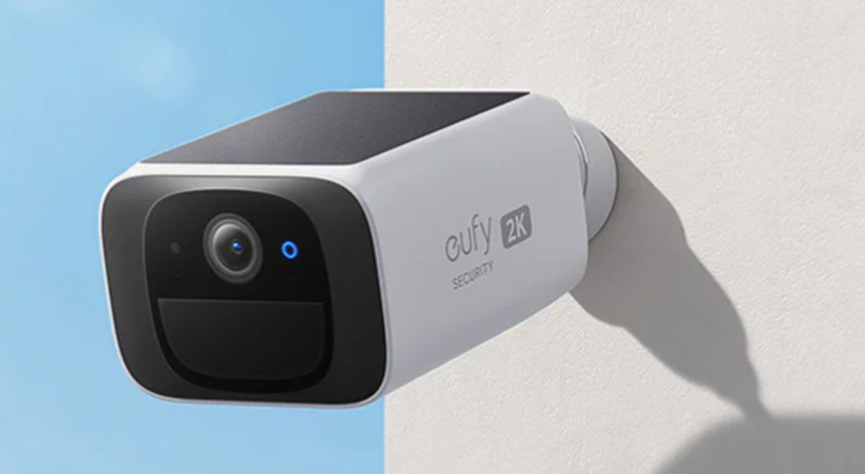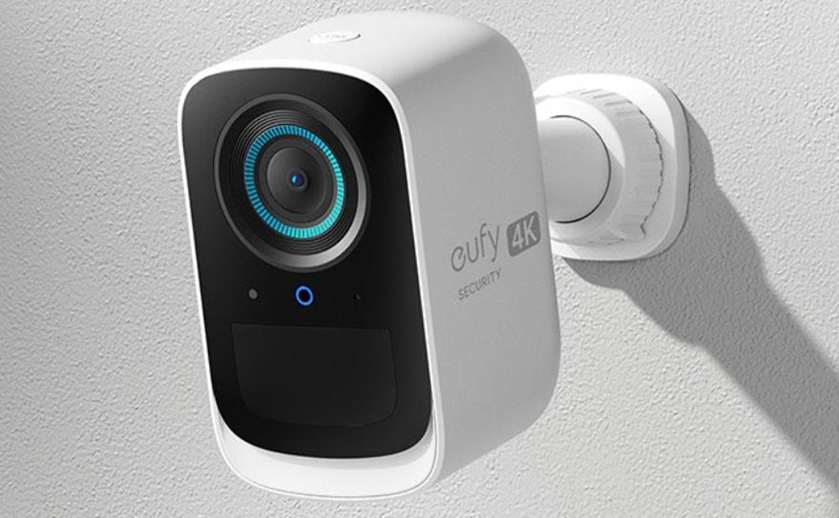
For small store owners, every dollar counts. When considering security cameras, the question isn’t just about cost—it’s whether they deliver enough value to justify the expense. Small stores face unique challenges: limited budgets, higher vulnerability to theft (due to fewer staff), and the need to build trust with customers. Security cameras, once seen as a luxury for big chains, are now accessible and practical for small businesses. This article weighs their benefits, costs, and practicality, helping small store owners determine if they’re a worthwhile investment.
Benefits of Security Cameras for Small Stores
Security cameras offer tangible advantages that directly impact a small store’s bottom line and operations.
Theft Prevention and Loss Reduction
Shoplifting and employee theft can significantly impact the profitability of small businesses. These thefts can deplete already narrow profit margins. Security cameras serve as an effective deterrent by making potential thieves think twice. When cameras are visible, the likelihood of being caught and facing legal consequences increases, discouraging criminal activity. For employee theft, which is a common issue in retail, cameras foster a sense of accountability among staff. Knowing they are being monitored, employees are less likely to engage in dishonest behavior, such as stealing money or mishandling inventory. In addition to discouraging theft, security footage can help recover stolen items and support legal action, turning an unfortunate loss into a potential resolution.
Enhancing Safety and Trust
Cameras do more than deter theft—they contribute to a safer environment for both customers and employees. In situations such as slip-and-fall accidents or disputes, recorded footage offers unbiased evidence that can help resolve claims fairly, shielding the business from potential false accusations. This is particularly important for small stores that may be more vulnerable to legal challenges. For businesses that operate late hours or are located in busy areas, the presence of surveillance also helps employees feel more secure, which can lead to higher job satisfaction and lower staff turnover. Shoppers, too, take notice of visible security measures. When customers feel safe, they’re more likely to return, strengthening loyalty and encouraging repeat visits—something small businesses rely on to stay competitive against larger retailers.

Budget Considerations for Small Stores
Small stores operate on tight budgets, so balancing cost and value is key to justifying a camera system.
Upfront Costs vs. Long-Term Savings
Entry-level security systems are surprisingly affordable: a basic setup with 2–4 cameras, a DVR, and installation can cost \(300–\)800—far less than the thousands lost to theft annually. Wireless cameras eliminate expensive wiring, cutting installation costs, while local storage (via SD cards or DVRs) avoids monthly cloud fees. For stores with limited funds, prioritize essential features: 1080p resolution (clear enough for identification), night vision (for after-hours monitoring), and motion detection (to avoid endless footage). Splurging on 4K or advanced AI isn’t necessary unless tracking high-value items like jewelry.
Calculating ROI
The return on investment (ROI) for security cameras is often quick. Suppose a small store loses \(300 monthly to theft. A \)600 camera system that reduces losses by 50% would save \(150 monthly, recouping its cost in 4 months. Beyond theft, cameras reduce liability costs: resolving a fraudulent slip-and-fall claim without footage can cost \)5,000–$10,000, far exceeding the price of a camera system. Durable, weatherproof cameras (for outdoor areas like sidewalks) also avoid replacement costs, ensuring long-term value.
Practical Tips for Maximizing Investment
To make security cameras worth the cost, small stores need strategic implementation.
Strategic Placement
Focus cameras on high-risk areas: entry/exit points (to capture faces), checkout counters (to monitor transactions), shelves with high-value items (electronics, cosmetics), and back storage rooms (to prevent inventory theft). Avoid blind spots—angle cameras to cover aisles and cash registers. Visible cameras (near entrances) deter theft, while discreet ones (in storage) monitor employee activity without creating a Big Brother vibe. A single well-placed camera can cover 2–3 key areas, reducing the number needed.
Compliance and Privacy
Ignoring legal rules can turn a security tool into a liability. Most regions require posting signs notifying customers of camera use—failure to do so may lead to fines. Never record private areas (restrooms, employee break rooms, fitting rooms), as this violates privacy laws. For staff, communicate clearly about camera purposes (theft prevention, not micromanagement) to maintain trust. These steps avoid legal fees that could negate the system’s value.
Conclusion
For small stores, security cameras are more than an expense—they’re an investment in profitability and peace of mind. They deter theft, reduce losses, enhance safety, and build customer trust, all while offering a fast ROI. By choosing affordable, focused systems and placing cameras strategically, small stores can enjoy the benefits of security without overspending. For most, the question isn’t whether to invest in cameras, but how to choose a system that fits their unique needs. In the end, the security and savings they provide make them well worth the cost.